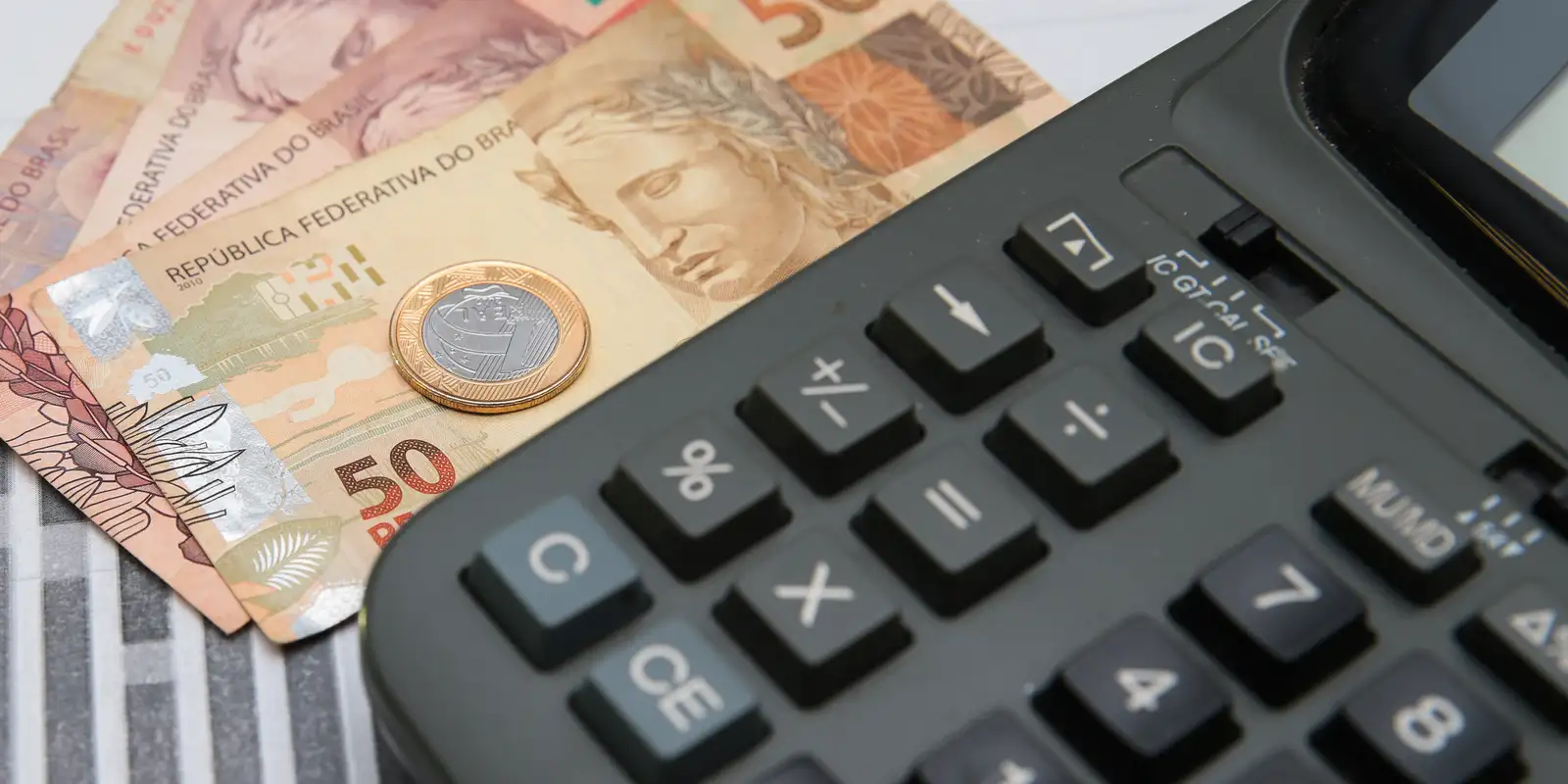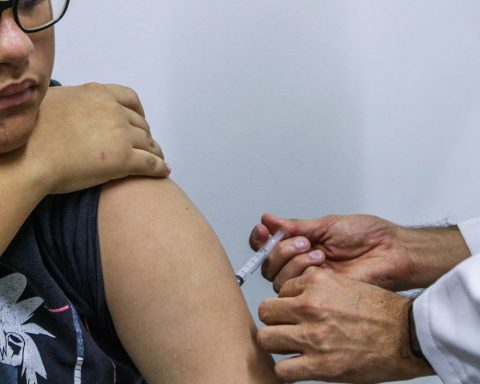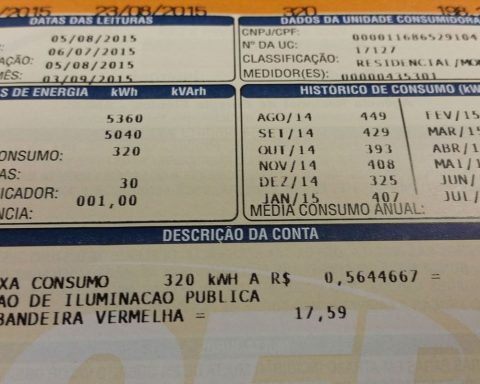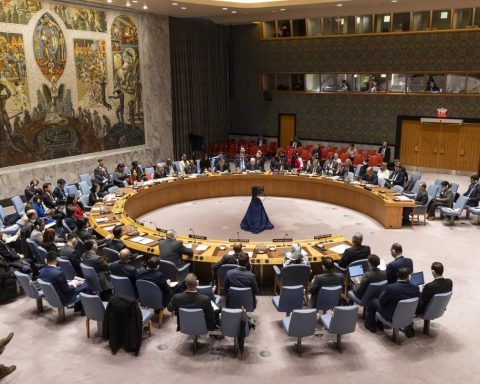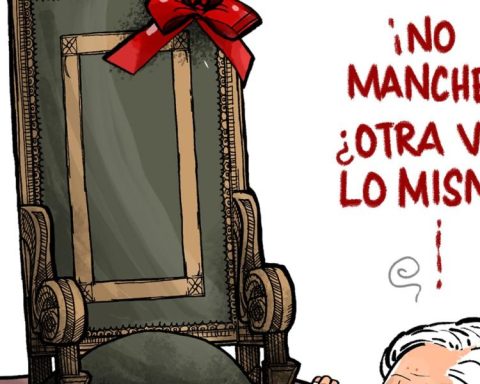The growth in mandatory spending and non-mandatory expenses determined by law, such as tax amendments and health and education floors, could lead the federal government to face a blackout in 2032. The warning is contained in the Fiscal Projections Report, released this Monday- fair (16) by the National Treasury.
According to the document, the space for non-rigid discretionary (non-mandatory) expenditure, which excludes parliamentary amendments and health and education floors, will practically end in 2032. This situation will leave the government in a situation of shutdown (lack of money to keep the public machine running), if nothing is done.
In the reference scenario, the government will have R$123 billion for non-rigid discretionary expenses next year, including costs (maintenance of public machinery) and investments (works and purchase of equipment). The amount, however, gradually drops until reaching R$3 billion in 2032.
Although they are necessary to keep public bodies functioning, funding expenses are classified in the Budget as non-mandatory expenses. These expenses include electricity bills, water, internet, cleaning, office supplies, fuel and document paper, among other expenses.
In addition to the growth in mandatory expenses, fiscal space will be consumed by rigid discretionary expenses, determined by law, such as tax amendments and floors for health and education.
From 2027, non-rigid spending will begin to be compressed. This year, according to the Treasury, the space will fall to R$70 billion, the minimum for the government to function and invest as little as possible. In 2028, difficulties would begin to maintain the functioning of the public machine, reaching paralysis in 2033 and 2034.
In addition to the inclusion of court orders in the spending limit of the fiscal framework, the Treasury highlights that the investment floor established by fiscal rules will increasingly occupy more space in non-rigid discretionary expenses in the reference scenario, jumping from 24% in 2024 to 40% in 2027. The fiscal framework establishes that the Budget must contain a forecast for the investment floor, even with non-mandatory execution.
When considering all discretionary expenses, rigid and non-rigid, Executive Branch spending will fall from 1.7% in 2024 to 0.9% in 2034. The reduction, however, will not result from improved government management, but from the growth in mandatory spending, which will increase until it consumes almost the entire spending limit of the fiscal framework.
According to the report, discretionary expenses have been at the same level in relation to the Gross Domestic Product (GDP, the sum of wealth produced in the country) since 2023, as a proportion of GDP, around 1.7% of GDP, falling 0.4 points percentage in 2027 with the inclusion of court orders in the expense limit. This is because, with the end of the STF decision, court orders will be included in the framework’s spending limit.
